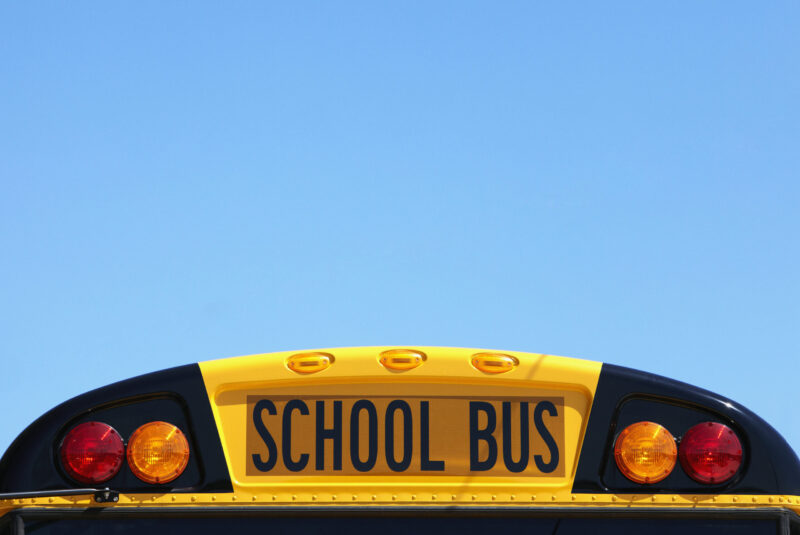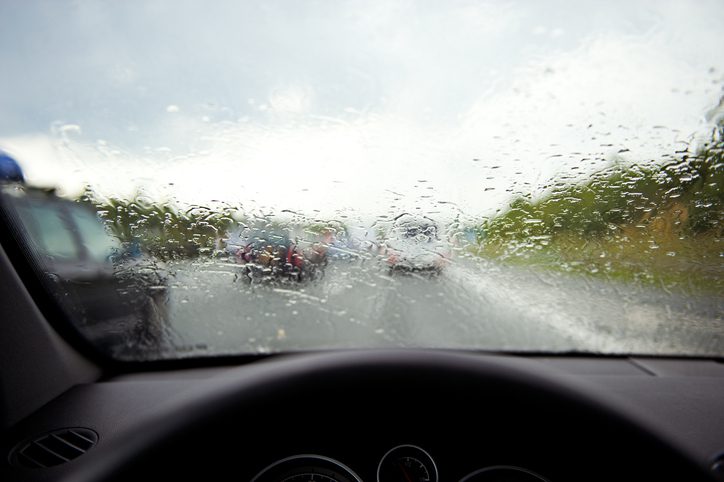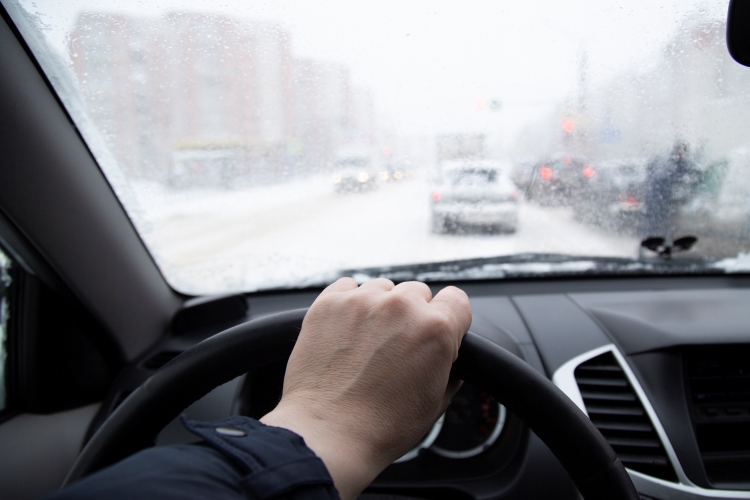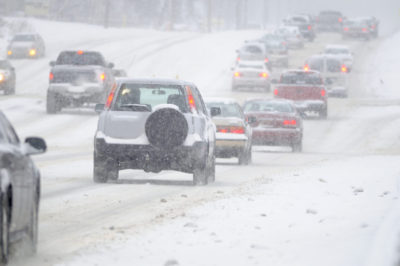From young pedestrians walking home from elementary school to college-aged drivers making their way to campus, September marks the start of a new school year for many. Whether you’re caregiving responsibilities now include pick-up or drop-off or you’re simply noticing all the hubbub, the academic season brings a host of more distractions on the road, whether it be busy crosswalks, rogue backpacks and buses (oh my!). In fact, last year a whopping 484,177 yellow school buses provided transportation services daily in the United States.
With the additional noise (on top of your everyday distractions), it’s both not surprising and harrowing that the amount of traffic fatalities peaked in September, when looking at 2022 data. When it comes to safe driving, we’re all still students of the road, regardless of how many years of experience we have.
Below is a guide for staying safe and avoiding distractions now that school’s back in session, with facts that may surprise you.
Pause for Pedestrians
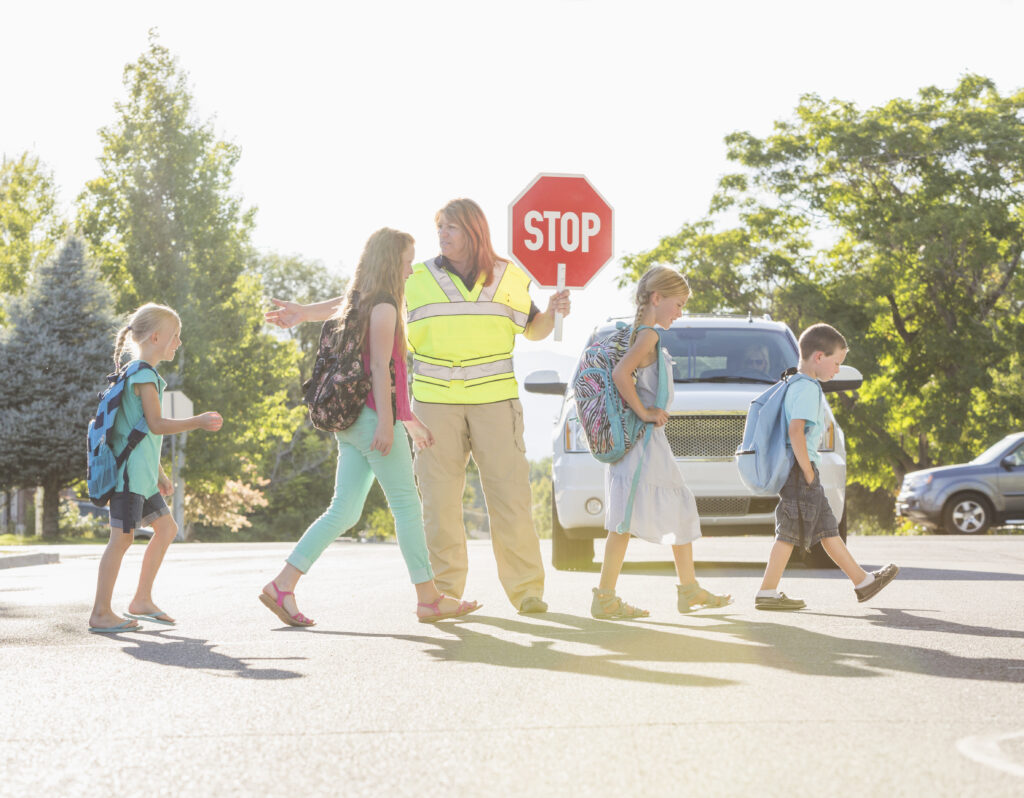
We all know to stop for a crossing guard or stop sign. There are many general safety guides many of us know when it comes to pedestrian safety, like not speeding, especially in school zones or stopping completely when the walk signal is on. However, these are the bare minimum when it comes to pedestrian safety.
Back to school season requires diligence and constant attention. Teens are walking to and home from school or practice. Kids are playing outside, riding bikes or sometimes chasing after a basketball dribbling down a hill. Yes, the roads are fuller of travelers getting to where they need to go, but the sidewalks are too, especially in the afternoon when the final bell rings.
What you can do: Even if you don’t see any pedestrians on your route, a good rule of thumb is to assume there are people on foot nearby and be ready to pause if you need to at any second. That means, keeping your eyes up and forward and limiting distractions. Setting up your music and navigation or eating any snacks before you hit the road, as opposed to behind the wheel, are easy ways to protect your attention and practice safe driving.
Bus Safety 101
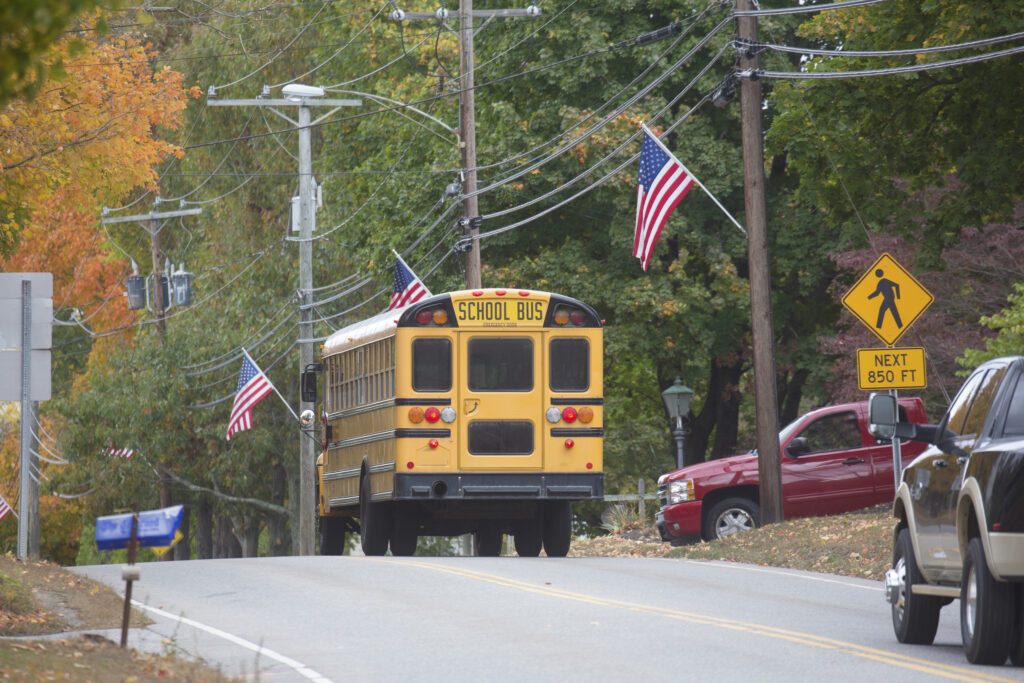
In 1937, Frank Cyr, a teacher and superintendent, surveyed ten states and found there was no standard school transportation vehicle, let alone color. To improve safety, all school buses became National School Bus Glossy Yellow. The unique shade actually activates both photoreceptors in the eye, generating twice as much of a signal to our brain and making it hard to miss, even if it is in our peripheral vision.
All this to say, you probably know a school bus when you see one, but that doesn’t necessarily mean you’re taking every precaution you can when it comes to safety and preparedness, which should be taken seriously.
School buses themselves are most regulated vehicles on the road, designed to be safer than passenger vehicles in preventing crashes and injuries. From 2013 to 2022, about 71% of the deaths in school bus-related crashes were occupants of vehicles other than the school bus.
Many of us have been stuck behind a school bus on their route-seemingly when we are always in a rush. While sometimes a nuisance, it’s always important to be safe. The area 10 feet around a school bus is the most dangerous for children. And while states require you to stop for a school bus when it’s red flashers are on, it’s a rule that’s ignored so often that buses have started to use cameras to catch people who don’t.
What you can do: Always stop for school buses when their stop signals are present and take extra time and precaution before continuing. Be alert around school buses for both pedestrians and other vehicles, whether they’re in motion, slowing down or completely stopped. Always give yourself a “donut of space” as the experts coined, so your car has ample space on all sides, and you have reaction time if you need it.
School Chauffeuring
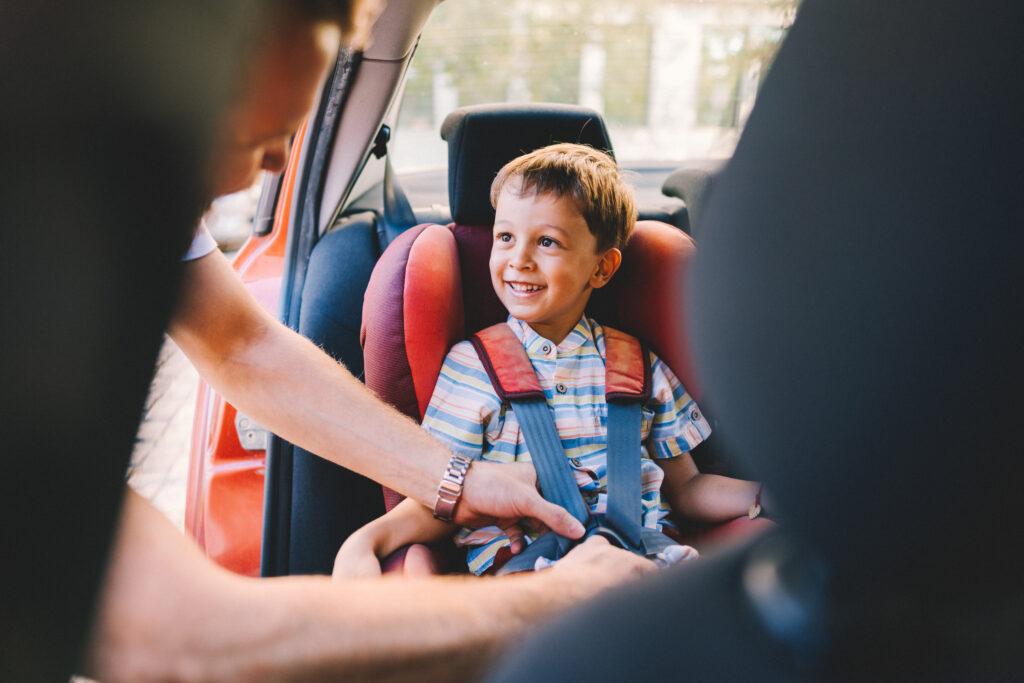
Picking up an enthusiastic youngster from the bus or from school who wants to immediately chat about their day can be as charming as it is distracting, as is navigating the drop-off lines or school zones. To start and end the school day with as little stress as possible, there are easy things you and your passengers can agree to.
What you can do: Don’t double park or block any crosswalks or driveways. When loading or unloading children, do your best to make sure they don’t have to enter the street, if possible. If they do, make sure there is a crossing guard ready. Beyond a school bus, never pass any vehicle stopped for pedestrians. To avoid any last minute franticness, agree on set times and locations for pick up and drop off before you head out. If you can, carpool to reduce the number of vehicles at the school, which is not only good for the environment, but will give you peace of mind and a break, too. Lastly, make sure all bus-goers know how to play it SAFE:
- Stay at least ten feet — five giant steps — away from the curb.
- Always wait until the bus comes to a complete stop and the bus driver signals for you to board.
- Face forward after finding a seat on the bus.
- Exit the bus after it stops and look left-right-left for cars before crossing a street.
Teen Drivers
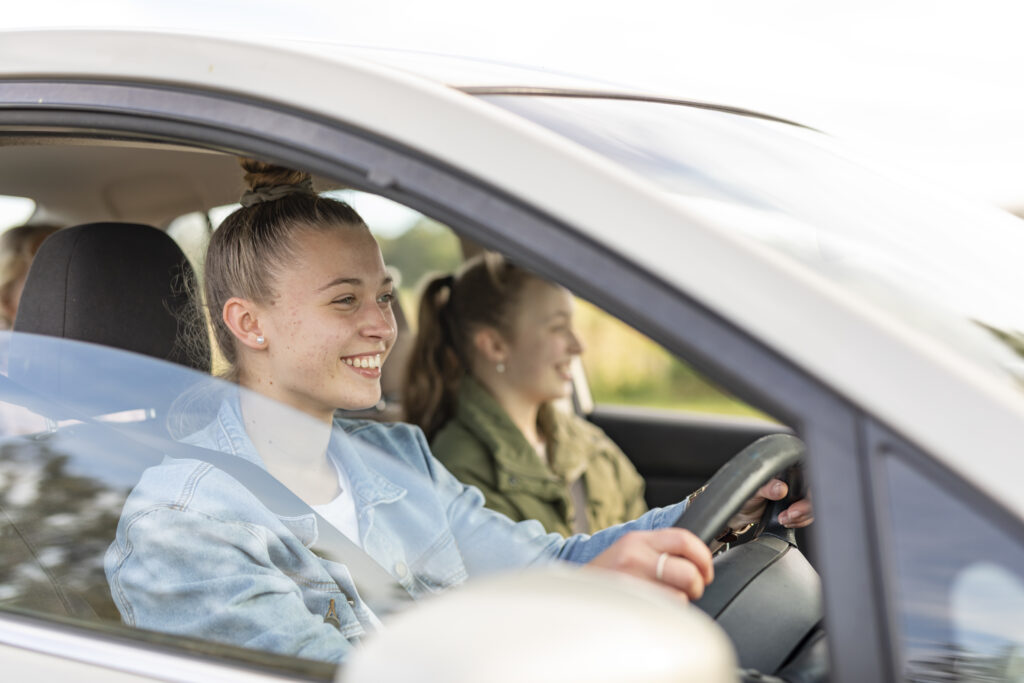
In addition to the hustle and bustle of walkers and the almost half a million school buses that are now a, sometimes unwelcome, part of your daily life, teens and young adults are also on the roads, sometimes for the very first time. They’re getting permits and licenses, learning the rules of the road and driving themselves, siblings or friends to school or around town.
While an exciting rite of passage for many, when it comes to teen driving, the statistics are alarming. Bankrate compiled the following:
- The fatal crash rate per miles driven for teen drivers (aged 16-19) is “nearly three times the rate for drivers ages 20 and over, with the risk being the highest for ages 16 to 17.”
- “Drivers between the ages of 16 and 19 were speeding in 79% of single-vehicle crashes.”
- Almost 40% of teens “have admitted to texting while driving,” even with most new vehicles being equipped with hands-free technology.
- “Of all the fatal crashes recorded in 2021, almost half of teen drivers aged 16-19 were found” not wearing a seat belt.
What you can do: If you have a teen in your family, teach them the importance of safe driving and arm them with practical tips to avoid distracted driving and road rage. You can even invest in a teen driving monitor or car tracking device for caretakers.
Get expert tips and advice to help you prepare and protect the teen drivers in your life. Download your free PDF guide developed by The Hartford’s corporate gerontologists.
Final Lesson
To ace back to school driving safety, ultimately remember to:
- Minimize distractions when you’re behind the wheel
- Pay attention to pedestrians, especially around busy school areas
- Drive slowly and calmly
- Be prepared for stops
What are you looking forward to this back to school season? What safe driving tips did we miss? Let us know in the comments!


